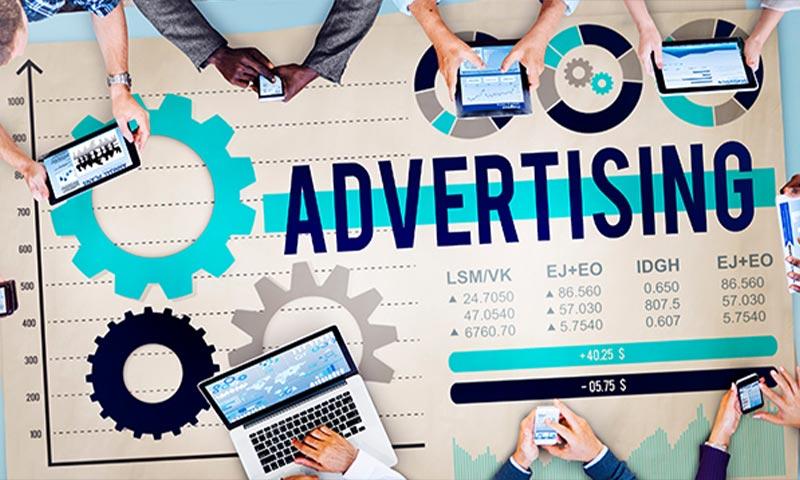Nowadays, when consumers are asked about the first thing that pops into their heads when the word “advertisement” is mentioned, it’s possible that they can come up with an answer in the likes of annoying pop-ups that bombard their social media platforms because there are ads no matter where they look.
But it wasn’t always this way. In fact, this change in the way businesses market their products and services was only made feasible by the recent developments in technology. Additionally, it’s also possible because most, if not all, modern consumers are connected to the internet throughout the day.
At some point, seeing random advertisements while scrolling through Facebook or while waiting for a YouTube video to play can be exhausting for consumers because they are continuously exposed to so much content online. However, what consumers don’t know is that this continuous exposure to ads is actually one of the goals of advertising.
In essence, most businesses advertise to influence the buying decisions of their target markets. They use market research to figure out where their advertisement should be placed, how it should be delivered, and what purpose it should serve.
So even if advertisements can often have a negative connotation on the side of consumers, they only bring advantageous results to the businesses behind them. To give you an idea of how the world of advertising works, here are three overarching categories that can explain their individual functions:
Traditional Advertising
All modes of advertising began with the traditional method, which is further divided into three types: print, broadcast, and outdoor advertising. Before the world had immediate access to technology, traditional advertising through these mediums was dominant across all industries.
Print advertising refers to ads placed on newspapers, magazines, flyers, or direct mail, while broadcast advertising is done through television and radio. The last type — outdoor or out-of-home advertising — can include billboards, tarpaulins, and yard signs, which are often used to market to a larger audience without a specific target in mind.
These traditional mediums of advertising are still effective today despite the consumers’ growing preference for digital alternatives. This is because, at the end of the day, the effectiveness of an ad can only be gauged when the initial purpose and goal are taken into consideration.
Imagine this situation: A local charity is hosting a fundraiser to raise money and awareness for a cause that means a lot to you and the community. There is going to be an event held by the charity for all donors, what better wat to bring them the money than a big check that is branded for your business and could be featured in pictures of the even posted to social media? When you think of advertising, it is important to remember there are a lot of opportunities through advancements in print technology that can be used for branding and advertising your offering.
Digital Advertising
Once the world entered the digital age of technology, most traditional methods were adapted to the times. And because the internet reaches more people worldwide with fewer resources used, digital advertising became a much more practical option for businesses in different industries.
There are several types of digital advertising: paid search, social media, native, and display. These can be more complicated to understand than traditional types, specifically because they aren’t named after the channel in which they are delivered. However, it’s actually easier than you might think.
Paid search advertising is directly related to search engine optimization (SEO) and its corresponding keywords. Businesses use this ad strategy by bidding on keywords that the consumers use, which can help increase their ranking on the search engine results page (SERP).
On the other hand, social media advertising refers to the promotions done via social media platforms, which can be anything from pictures, videos, or interactive posts that are easy to digest and pleasing to the eyes. The last two types of advertising — native and display — are the banner ads or embedded links that you commonly see on websites, with the only difference being how they are shown.
Combination of Traditional and Digital Advertising
In the world of business, those who can think outside of the preconceived boxes are those that ultimately succeed. Most advertisers are aware of the distinction between the traditional and digital methods of their craft, but forward thinkers have found a way to bridge that gap.
The best example of this is the use of QR codes on print ads or business cards. Consumers familiar with the concept of QR codes will know that they can scan the bar code through their phone and be redirected to a specific website without having to type a long URL. It raises intrigue and is convenient at the same time.
Like most tools, the power of advertising can only be wielded by those who are knowledgeable about its potential and how it can be used for the greater good. If left in the wrong hands, advertisements won’t be as effective as they are today. So before you brainstorm your next successful idea, you should identify the purpose of your ad and what you’re hoping to achieve from it.

